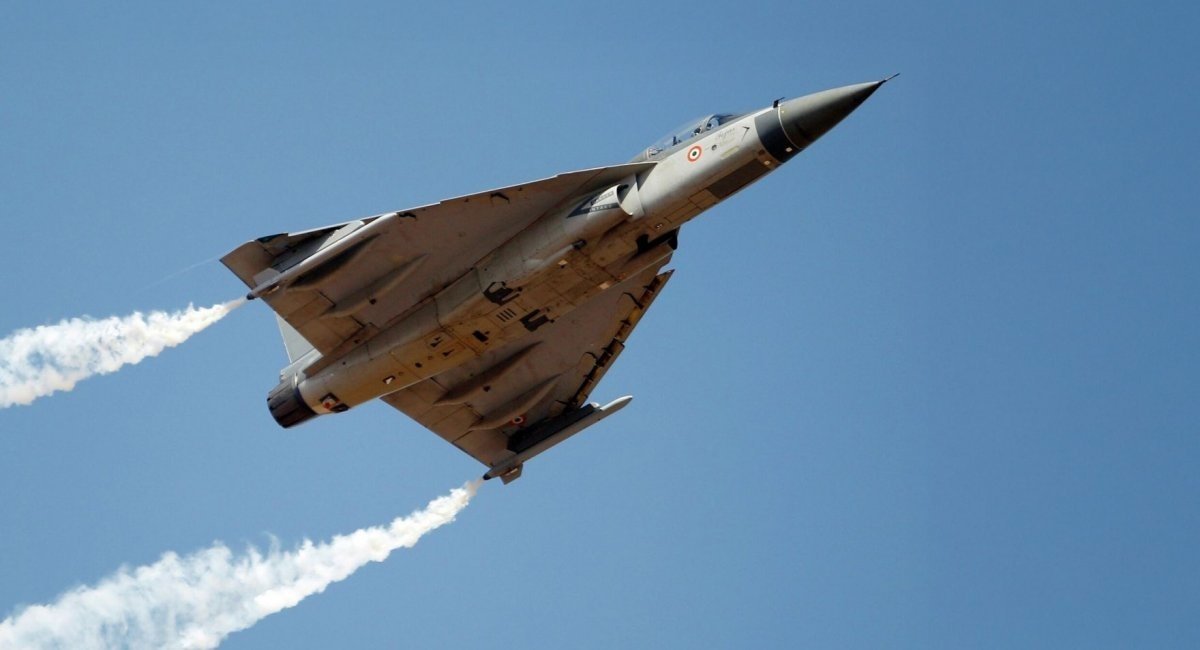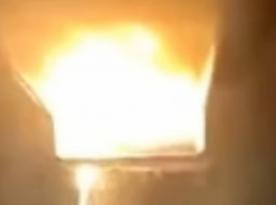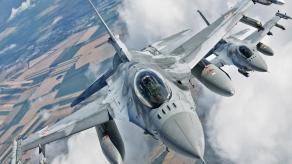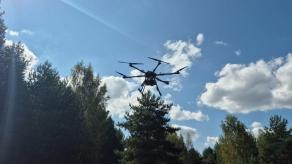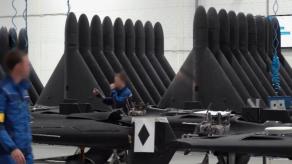India has announced that it will complete its own fighter jet engine within the next 10-12 years. This means that the total development time for the GTX-35VS Kaveri project could reach 50 years.
The statement was made by the Deputy Commander of the Indian Air Force, Air Marshal Awadhesh Kumar Bharti, who expressed optimism about the outcome. He also added that the implementation would require the efforts of the entire defense industry.
Read more: F-35 Remains Cheaper Than Its Rivals, How Mass Production Keeps Driving Down the Price
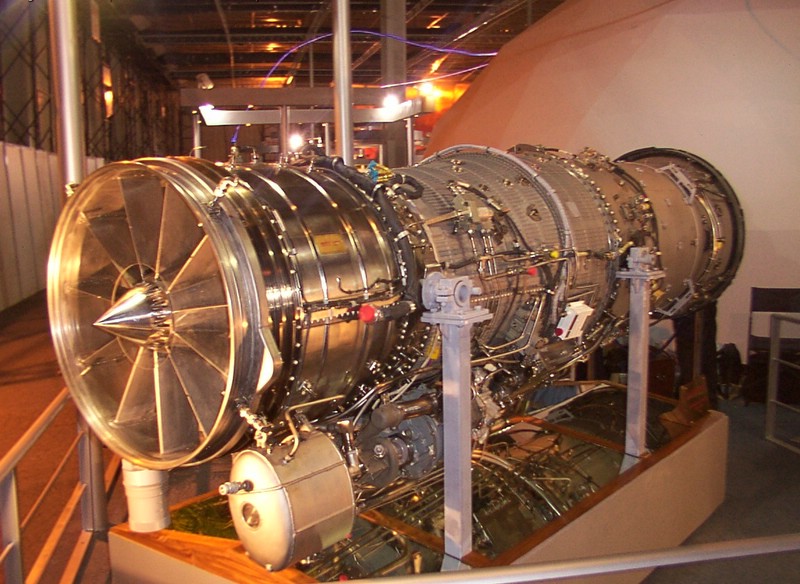
The Indian military considers it critically important to achieve complete independence from foreign weapons and components. This is evident in the country's extensive localization programs, even in small arms like the russian AK-203 assault rifle.
However, fighter jet engines are among the most sophisticated products in aviation, and only few countries have the capability to design and build them. Moreover, there are numerous examples of such projects taking decades to complete.
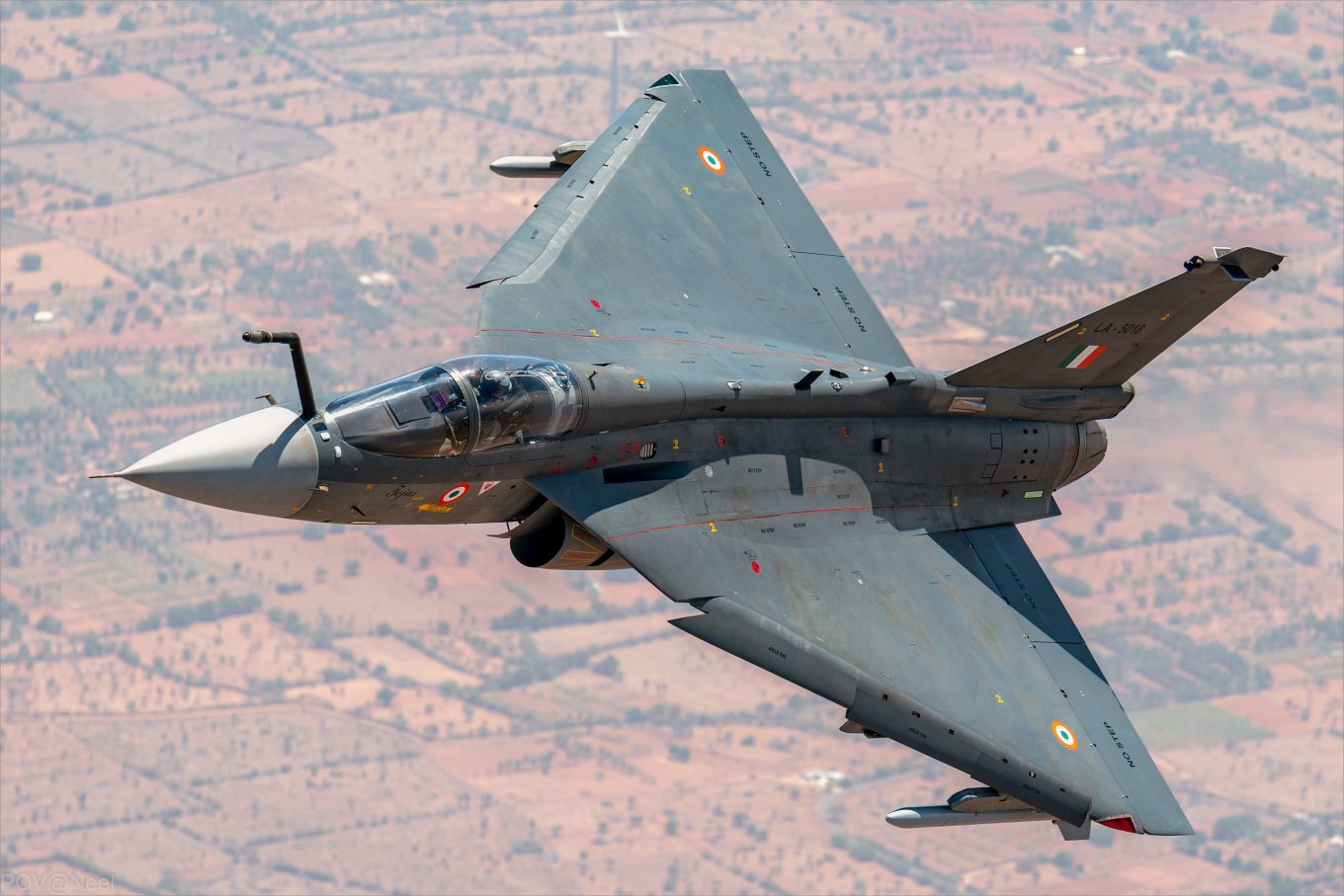
For instance, China has long relied on importing engines from russia for the production of its fighter jets. Although not on par with Western engines, they were still considered more advanced than Chinese ones. So, China has only recently begun to reduce its dependence on russian engines.
This is a country boasting enormous industrial capacity and resources, which does not hesitate to adopt technologies from other countries. We can also mention Turkey, which has long been developing its own aircraft engine for the KAAN, currently dependent on U.S. analogues whose import has been blocked.
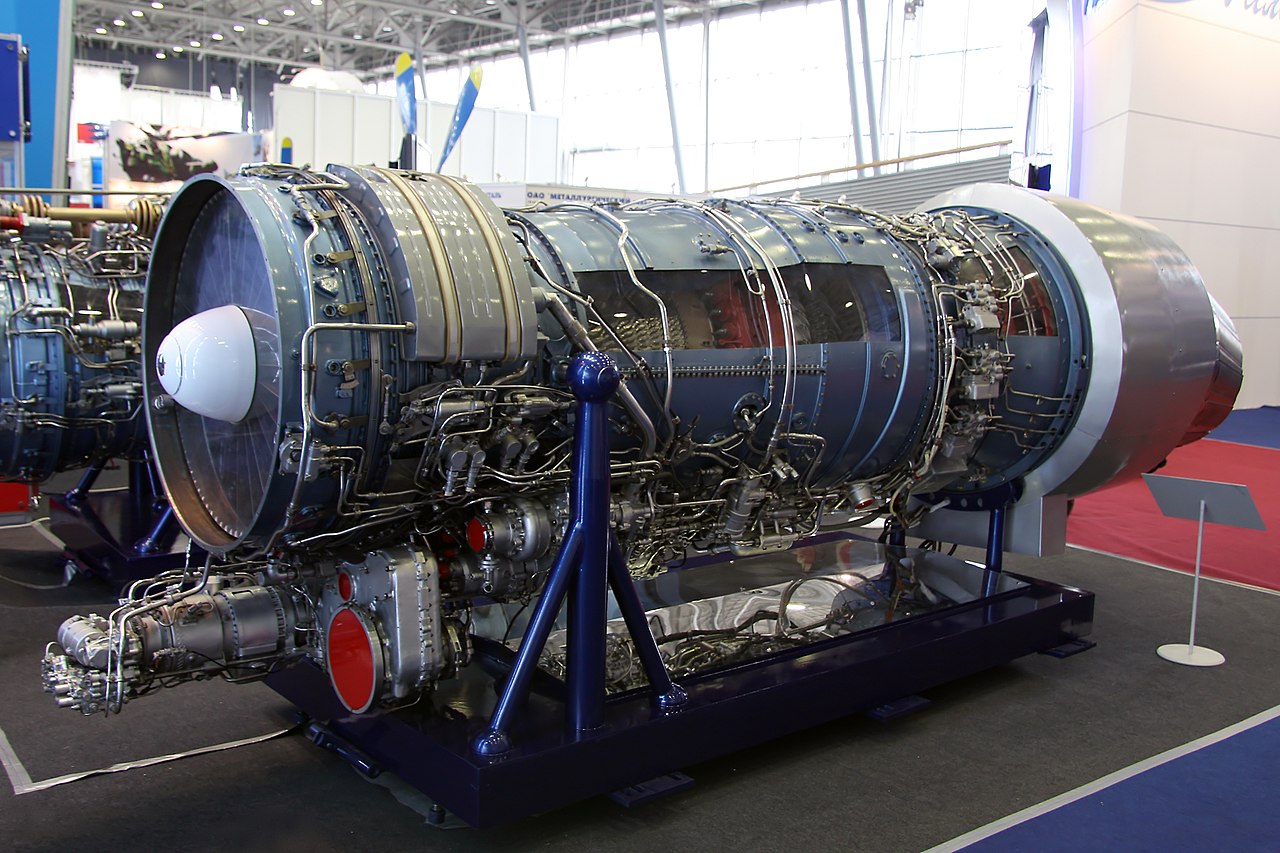
Accordingly, it is hard to criticize India, given how challenging such this project is. Nevertheless, even inside the country, the project faces criticism over serious management flaws and inefficient resource use, stretching the work over nearly four decades with insufficient results.
So, for now, the local Tejas fighter jet will have to keep using American F404 engines, which has already caused huge delays in delivery. However, with revenues returning to normal and new partnerships with the French, particularly Safran, Indian industry still has a chance to succeed.
Read more: Inspired by F-22, India Eyes Risky Engine Test on Su-30MKI




